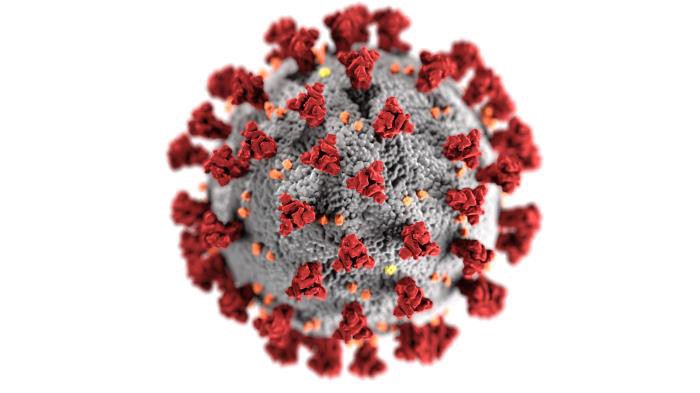The Leadup to COVID
How Did We Get Here?
Consumer Behaviour during COVID 19 pandemic is now more than 7 months old. Initially, Australia and most other countries completely underestimated the serious nature of the threat. We followed television footage about the outbreak in Wuhan as if it was a distant outbreak of little consequence.

The Chinese authorities acted quickly with measures like enforced lockups, sourcing PPE from all over the world and even building a new 1000 bed hospital in Wuhan within 10 days on February 3. The second, 1,500-bed Leishenshan hospital, was expected to be completed by February 5.
In Australia………..
In our defence, Australia was dealing with the blanket coverage of drought, bushfires, and environmental damage never seen on this scale before. Air quality around the south and eastern Australia became an almost daily topic. Many consumers were for the first time questioning the liveability of the “lucky country”.
Our conservative government came under strong criticism for not having done enough to combat climate change. A tweet by AFAC (The Australasian Fire and Emergency Service Authorities Council) published on 28 February 2020 stated that a total of 3,094 houses had been lost across NSW, Victoria, Queensland, ACT, Western Australia and South Australia. On 4 February 2020 Australia’s Prime Minister, Scott Morrison, confirmed in a speech to Parliament that 33 people lost their lives during this bushfire season. Another AFAC tweet published on 28 February 2020 stated that over 17 million hectares had been burned across NSW, Victoria, Queensland, ACT, Western Australia and South Australia.
Pictures of Australians running away from flames into the ocean were beamed into living rooms across the world. To make events more biblical, our bushfires were followed by flooding in parts of our drought-ravaged country. The following rainfall data highlights events.
Gosford – Central Coast of NSW
Monthly Rain
Dec 19 – 3mm
Jan 20 – 125.6mm
Feb 20 – 255mm
More than 117mm fell on 10 Feb 2020. This caused extensive flooding of many properties.
COVID Becomes Reality
We could argue that COVID 19 surprised us because the first local confirmed case was identified on 25 January 2020, in Victoria when a man who had returned from Wuhan, China, tested positive for SARS-CoV-2.[2]
We were about to learn quite a bit in March about how one disaster can be dwarfed by another.
Conclusions:
When a threat or issue is far way either in time or geographically, consumers tend to be complacent. The same consumer behaviour during COVID 19 is observed with the attitudes towards climate change and the treatment of asylum seekers.Largely out of sight – mostly out of mind.
Local issues shape our actions. Sydneysiders were complaining about poor air quality whilst bushfire affected communities were losing their homes and livelihoods. Self-interest trumps the concern of collective issues.
Most of us lack focus when it comes to multiple events. The fire/flood events are no longer a priority when a catastrophic event like COVID 19 dominates our news cycle and our daily thoughts. The amount of information bombarding us from multiple platforms makes things worse.
Sources:
